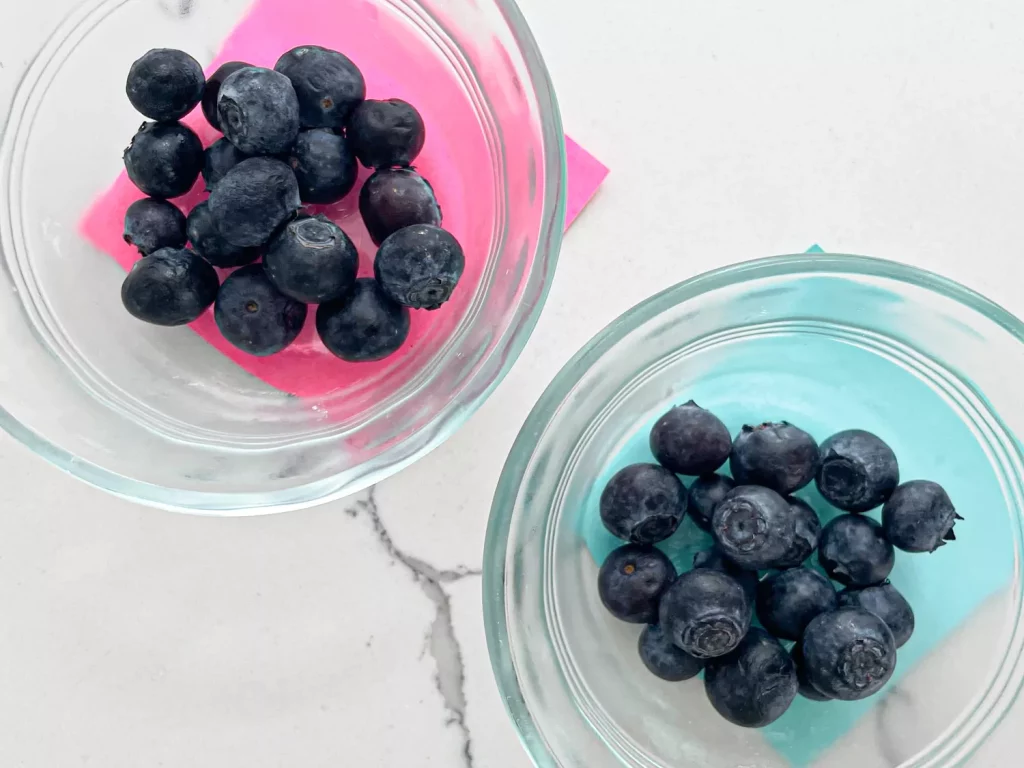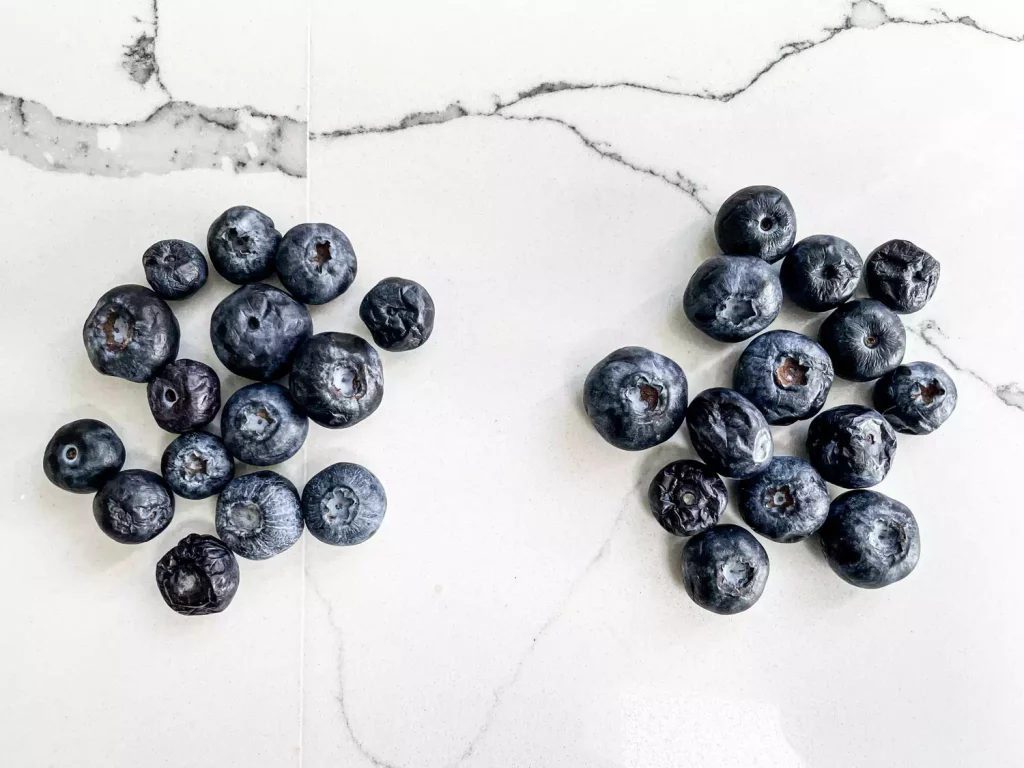Blueberries are not only beloved for their delicious taste and versatility but also revered for their rich nutritional value and health benefits. To ensure blueberries maintain their optimal freshness and flavor, proper storage methods are crucial. This article delves into effective blueberry storage, covering selection, storage, handling, and usage.
1. Nutritional Value and Health Benefits of Blueberries
Blueberries are often hailed as a superfood due to their high levels of antioxidants, vitamins, and minerals. Their main nutritional components include:
- Antioxidants: Blueberries are rich in anthocyanins and quercetin, antioxidants that help combat free radicals in the body, reducing oxidative stress and lowering the risk of chronic diseases.
- Vitamin C: This vitamin supports immune function, promotes wound healing, and contributes to skin health.
- Vitamin K: Important for bone health and blood clotting.
- Fiber: Supports digestive health, prevents constipation, and helps maintain stable blood sugar levels.
2. Selecting Blueberries: How to Choose High-Quality Blueberries
Choosing high-quality blueberries is the first step to effective storage. Here are some tips for selection:
- Appearance: High-quality blueberries should be deep blue with a glossy surface, dry, and free of mold spots. Avoid berries with brown spots or those that are soft.
- Texture: Fresh blueberries should be firm and plump. Overripe or soft blueberries are more likely to spoil and may affect other berries in storage.
- Aroma: Ripe blueberries will emit a sweet aroma. If they lack scent, they might be underripe, which affects their flavor.

3. Initial Handling of Blueberries
Before storage, blueberries require proper handling:
- Washing: It’s recommended not to wash blueberries before storing, as moisture can accelerate spoilage. Wash them right before use. If washing is necessary, rinse with cold water and dry promptly.
- Sorting: Before washing, sort through the blueberries to remove any that are damaged or spoiled.
4. Short-Term Storage: How to Store Blueberries in the Refrigerator
For short-term storage, the refrigerator is ideal for keeping blueberries fresh:
- Container Choice: Use breathable containers such as plastic boxes or ventilated baskets. Avoid airtight containers as moisture can lead to mold growth.
- Temperature Settings: The optimal storage temperature for blueberries is between 0°C to 4°C (32°F to 39°F). This range effectively extends the shelf life while maintaining freshness.
- Storage Duration: In the refrigerator, blueberries typically last one to two weeks. Regularly check and remove any spoiled berries to prevent them from affecting the rest.
5. Long-Term Storage: Freezing Blueberries
For long-term storage, freezing is an effective method:
- Washing and Drying: Wash and thoroughly dry blueberries before freezing. Use paper towels or a clean cloth to remove surface moisture, which helps prevent clumping.
- Pre-treatment: Optionally, spread blueberries in a single layer on a baking sheet to freeze individually before transferring them to bags or containers. This prevents them from sticking together.
- Packaging: Use freezer-safe plastic bags or vacuum-sealed bags to package blueberries. Remove as much air as possible to reduce freezer burn risks.
- Storage Duration: Frozen blueberries can last 6 to 12 months. Be sure to label with the date of storage for easy reference.
6. Handling Frozen Blueberries: How to Thaw
Choosing the right method to thaw blueberries helps maintain their best texture and flavor:
- Refrigerator Thawing: Thaw frozen blueberries in the refrigerator slowly. This method takes longer but preserves the texture.
- Room Temperature Thawing: Thaw at room temperature for quicker use. Avoid exposing them to high temperatures to prevent spoilage.
- Microwave Thawing: For urgent needs, use the defrost function on a microwave, but be careful not to overheat as it can affect the texture.
7. Common Storage Mistakes and Solutions
Understanding common storage mistakes helps prevent blueberry spoilage:
- Moisture Issues: Moisture promotes mold growth. Ensure blueberries are thoroughly dried before storage and use breathable containers.
- Temperature Fluctuations: Frequent door openings can cause temperature fluctuations, affecting blueberry freshness. Maintain a stable refrigerator temperature.
- Mixing with Other Fruits: Store blueberries separately to avoid cross-contamination with other fruits.

8. Using Stored Blueberries
Stored blueberries can be used in a variety of delicious recipes:
- Breakfast: Add blueberries to yogurt, oatmeal, or smoothies for a nutritional boost and flavor.
- Desserts: Blueberries are perfect for making muffins, pies, ice cream, and other desserts. Their sweet-tart flavor enhances many sweet treats.
- Beverages: Use blueberries to make healthy juices, smoothies, or cocktails.
9. Innovative Uses for Blueberries
Besides traditional uses, blueberries have many creative applications:
- Blueberry Ice Cubes: Place blueberries in ice cube trays with water or juice to make ice cubes that add natural flavor and color to beverages.
- Blueberry Sauce: Make blueberry sauce for topping toast, pancakes, or waffles. Blueberry sauce can also be used as a filling for desserts.
10. Conclusion
Proper blueberry storage, though seemingly simple, is essential for maintaining quality. By mastering the right techniques for selection, handling, and storage, you can enjoy the full flavor and nutritional benefits of this fruit. Whether storing short-term in the refrigerator or long-term in the freezer, following these guidelines will help you make the most of your blueberries.

